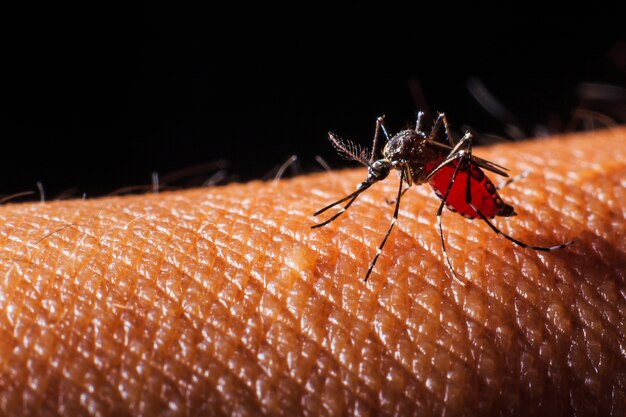Malaria remains a significant health challenge in Zambia, with rural populations facing a higher risk. In 2021, Zambia reported over seven million malaria cases, and around 20,000 cases are reported daily. However, the country is making strides toward elimination by 2030, with significant efforts from both the government and international partners.
One of the key developments in the fight against malaria is the introduction of the malaria vaccine. The World Health Organisation (WHO) launched the Accelerating Malaria Vaccine Introduction and Rollout in Africa (AMVIRA) initiative in January 2024. Zambia is among the countries now offering the vaccine through routine childhood immunisation programmes, helping to protect children from malaria.
In addition to vaccination, Zambia’s government is focusing on a comprehensive strategy that includes vector control, case management, and community engagement. The National Malaria Elimination Centre (NMEC) is working with partners like Amref Health Africa, which is running a project to strengthen primary health care systems in Zambia’s Luapula, Muchinga, and Northern provinces. The project trains community health workers (CHWs) in malaria prevention, diagnosis, and treatment.
Community health workers like Idah Mumba in Mansa district play a crucial role in malaria control. Thanks to support from Amref, Ms. Mumba received a bicycle, allowing her to reach more households, provide timely malaria tests, and deliver treatments. Studies show that CHWs with bicycles can increase their productivity by 63%, enhancing health outcomes in remote areas.
Zambia’s goal of eliminating malaria by 2030 is becoming more achievable with these efforts. Continued investment in community health, malaria vaccination, and improved health infrastructure are key to reducing the disease’s burden and achieving a malaria-free Zambia in the coming years.






